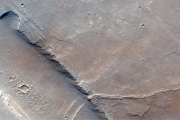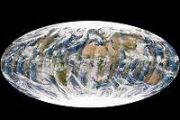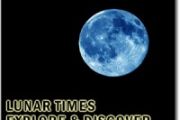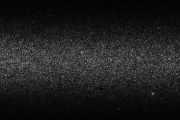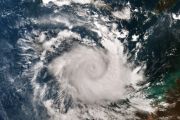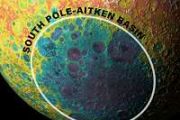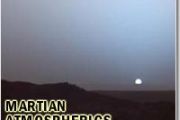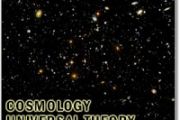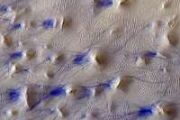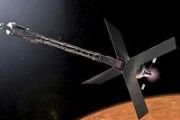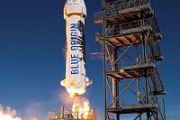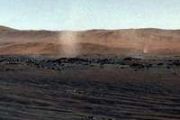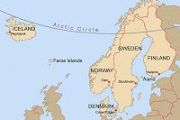
Copernical Team
NASA Technologies slated for testing on Blue Origin's New Shepard
 While there won't be humans on Blue Origin's 17th New Shepard mission, the fully reusable launch vehicle will carry technologies from NASA, industry, and academia aboard. The agency's Flight Opportunities program supports six payload flight tests, which are slated for lift off no earlier than Aug. 26 from the company's Launch Site One in West Texas.
For some innovations, this is just one o
While there won't be humans on Blue Origin's 17th New Shepard mission, the fully reusable launch vehicle will carry technologies from NASA, industry, and academia aboard. The agency's Flight Opportunities program supports six payload flight tests, which are slated for lift off no earlier than Aug. 26 from the company's Launch Site One in West Texas.
For some innovations, this is just one o Space Station 360 – Columbus module (in French with English subtitles available)
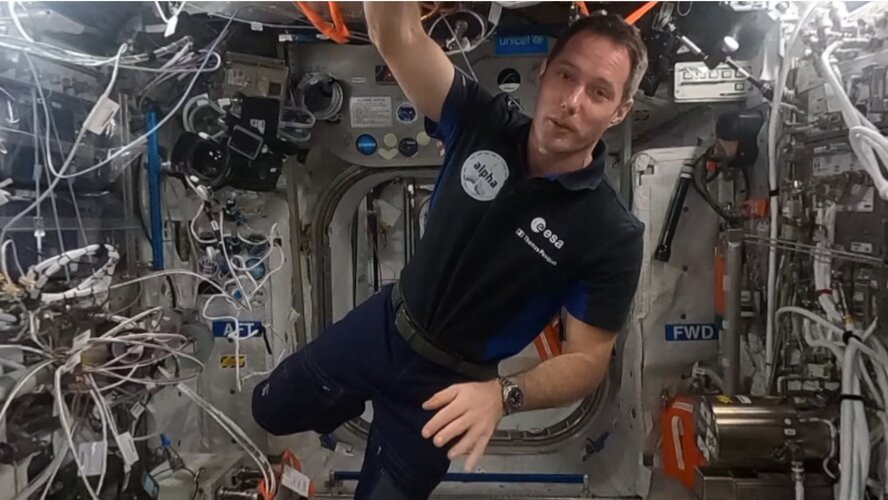 Video:
00:02:32
Video:
00:02:32
ESA astronaut Thomas Pesquet takes you on a tour of the International Space Station like no other. Filmed with a 360 camera, the Space Station 360 series lets you explore for yourself alongside Thomas’s explanation – starting with Europe’s science laboratory, Columbus.
Columbus is not the Station’s largest module, but it is one of the best equipped. It is the place where European astronauts conduct most of their work on board and has an external platform that allows experiments to be exposed to the vacuum of space. In addition to science racks, Columbus offers storage space and even
Team captures data from unarmed Minuteman III test launch
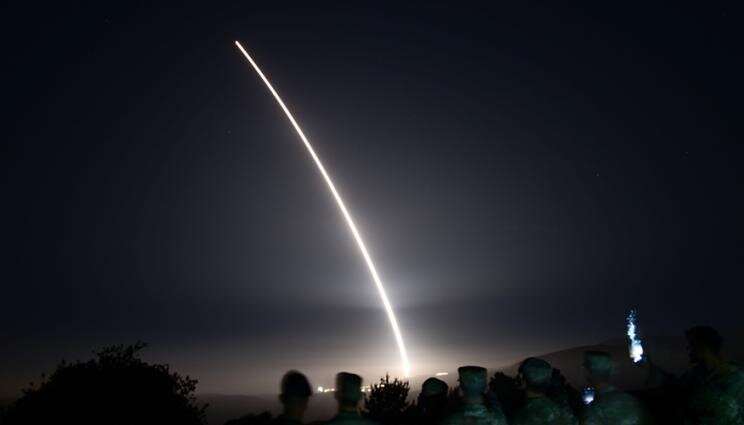
A team from Lawrence Livermore National Laboratory (LLNL) successfully collected data from the recent operational test of an Air Force Global Strike Command unarmed Minuteman III intercontinental ballistic missile (ICBM) launched from Vandenberg Space Force Base.
Watch: 14 hours of Enceladus geyser action
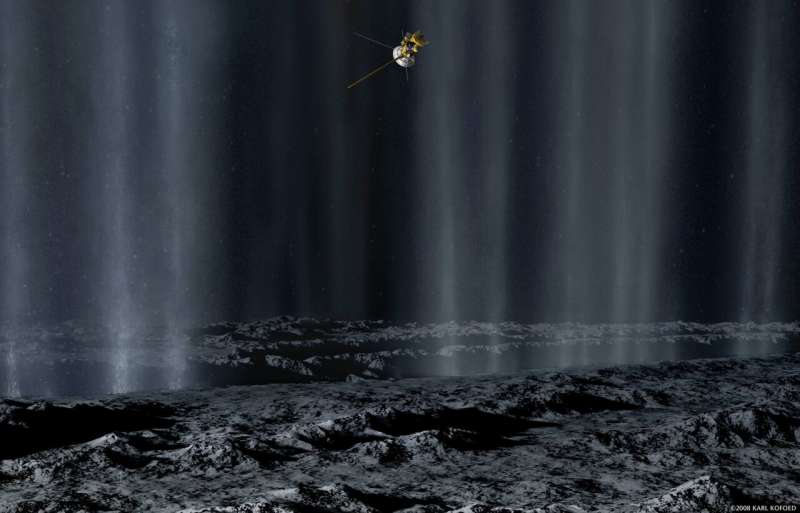
What a parting gift the Cassini mission gave us.
Below is a movie sequence of images, garnered from the final dedicated observation of the Enceladus' geysers by the imitable Cassini spacecraft.
Back in August of 2017, Cassini stared at Enceladus for 14 hours, looking at the moon's night side. The movie begins with a view of the part of the surface lit by reflected light from Saturn and transitions to completely unilluminated terrain. About halfway through the sequence, the exposure time of the images changes in order to make fainter features more visible as the light level drops.
"That's why stars appear towards the end—they're the small dots streaking by," said Paul Byrne, planetary scientist and associate professor at Washington University in St. Louis, who brought this animation to our attention on Twitter.
NASA's Psyche mission moves closer to launch

As part of NASA's Discovery Program, the mission to explore a metal-rich asteroid is well on its way to an August 2022 launch.
With NASA's Psyche mission now less than a year from launch, anticipation is building. By next spring, the fully assembled spacecraft will ship from the agency's Jet Propulsion Laboratory in Southern California to NASA's Kennedy Space Center in Florida for a launch period that opens Aug. 1, 2022.
In early 2026, the Psyche spacecraft will arrive at its target, an asteroid of the same name in the main asteroid belt between Mars and Jupiter.
Unveiling vehicles and technologies for future space transportation
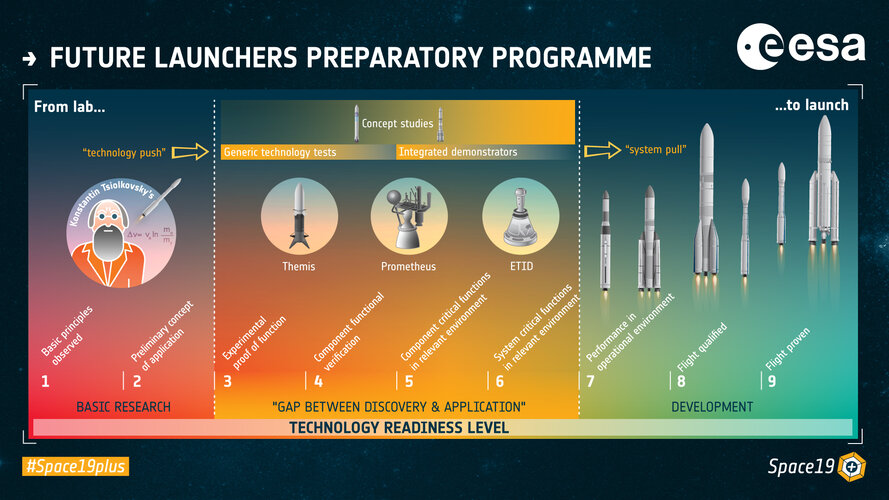
ESA safeguards Europe’s guaranteed access to space through its Future Launchers Preparatory Programme, FLPP.
Film and cultures
 Image:
Image:
Samples of the Biofilms experiment are headed to the International Space Station on the SpaceX CR23 cargo resupply mission this weekend to help maintain astronaut and material safety in space.
A common piece of advice of the past 18 months has been to make sure you wash your hands thoroughly. This is because microorganisms are easily spread across common surfaces like door handles and light switches, and it is no less true in space. The Space Station is, after all, a lab as well as a home to astronauts. It is especially important to keep this environment safe for the
Crater landslide
 Image:
Crater landslide
Image:
Crater landslide U.S. Army conducts live fire test of its first Iron Dome Defense System Battery
 The U.S. Army has successfully executed live-fire test of its first Iron Dome Defense System (IDDS-A) Battery, the branch announced Monday.
The execution of the live-fire test of the first of two IDDS-A batteries, which the U.S. Army acquired from Israel, at the White Sands Missile Range in New Mexico was "a critical step" forward, the U.S. Army said in a statement.
Soldiers from
The U.S. Army has successfully executed live-fire test of its first Iron Dome Defense System (IDDS-A) Battery, the branch announced Monday.
The execution of the live-fire test of the first of two IDDS-A batteries, which the U.S. Army acquired from Israel, at the White Sands Missile Range in New Mexico was "a critical step" forward, the U.S. Army said in a statement.
Soldiers from Pentagon preparing to unveil and demonstrate highly classified space weapon
 A new arms race has boosted the dispute over space weapons, with talks periodically raised about a need to extend control over weapons in orbit. Despite numerous calls to demilitarize space, leading countries continue to accuse each other of developing potentially offensive technology.
The US department of Defense is, in the near future, expected to announce and demonstrate secret space we
A new arms race has boosted the dispute over space weapons, with talks periodically raised about a need to extend control over weapons in orbit. Despite numerous calls to demilitarize space, leading countries continue to accuse each other of developing potentially offensive technology.
The US department of Defense is, in the near future, expected to announce and demonstrate secret space we 




